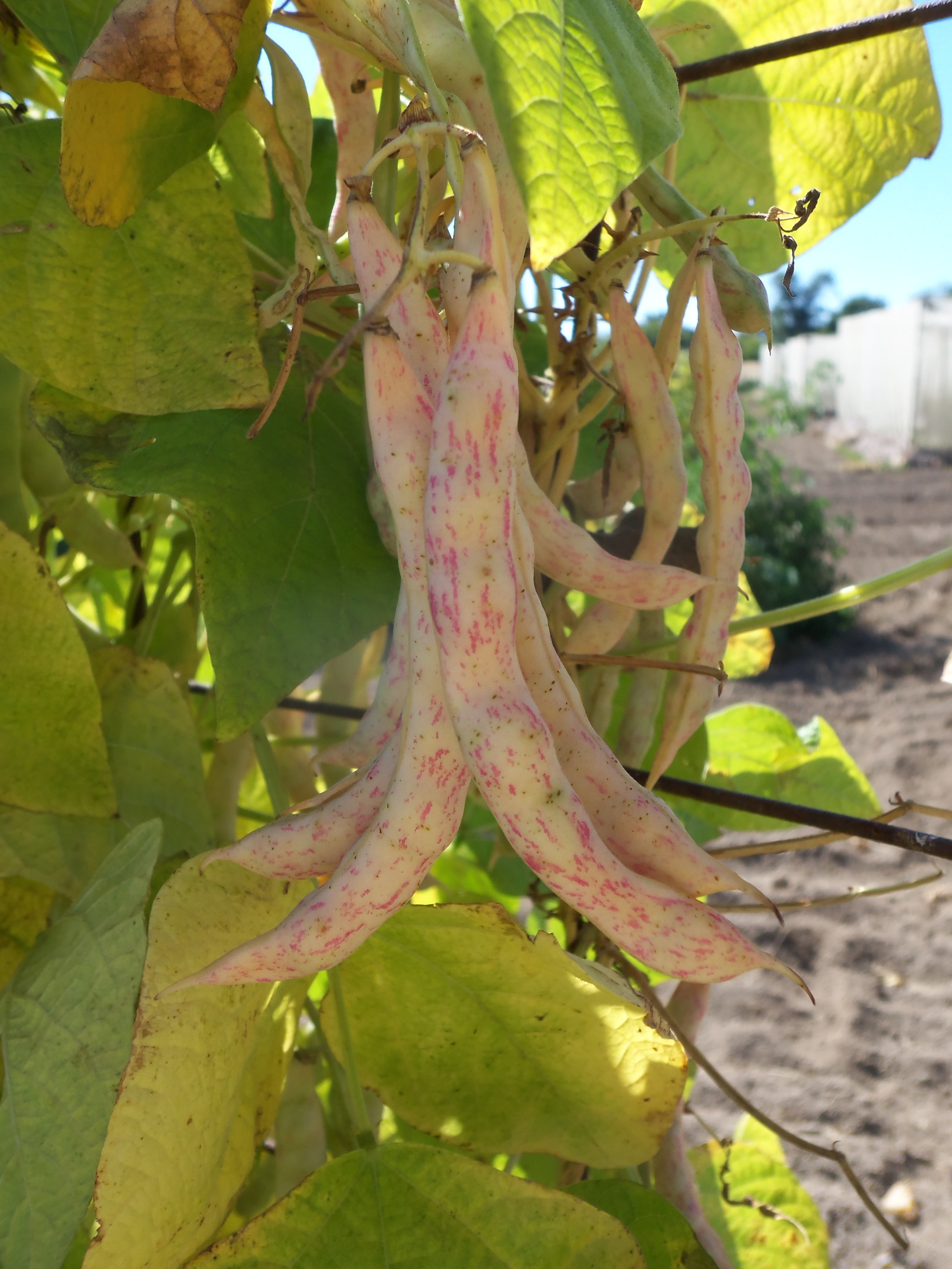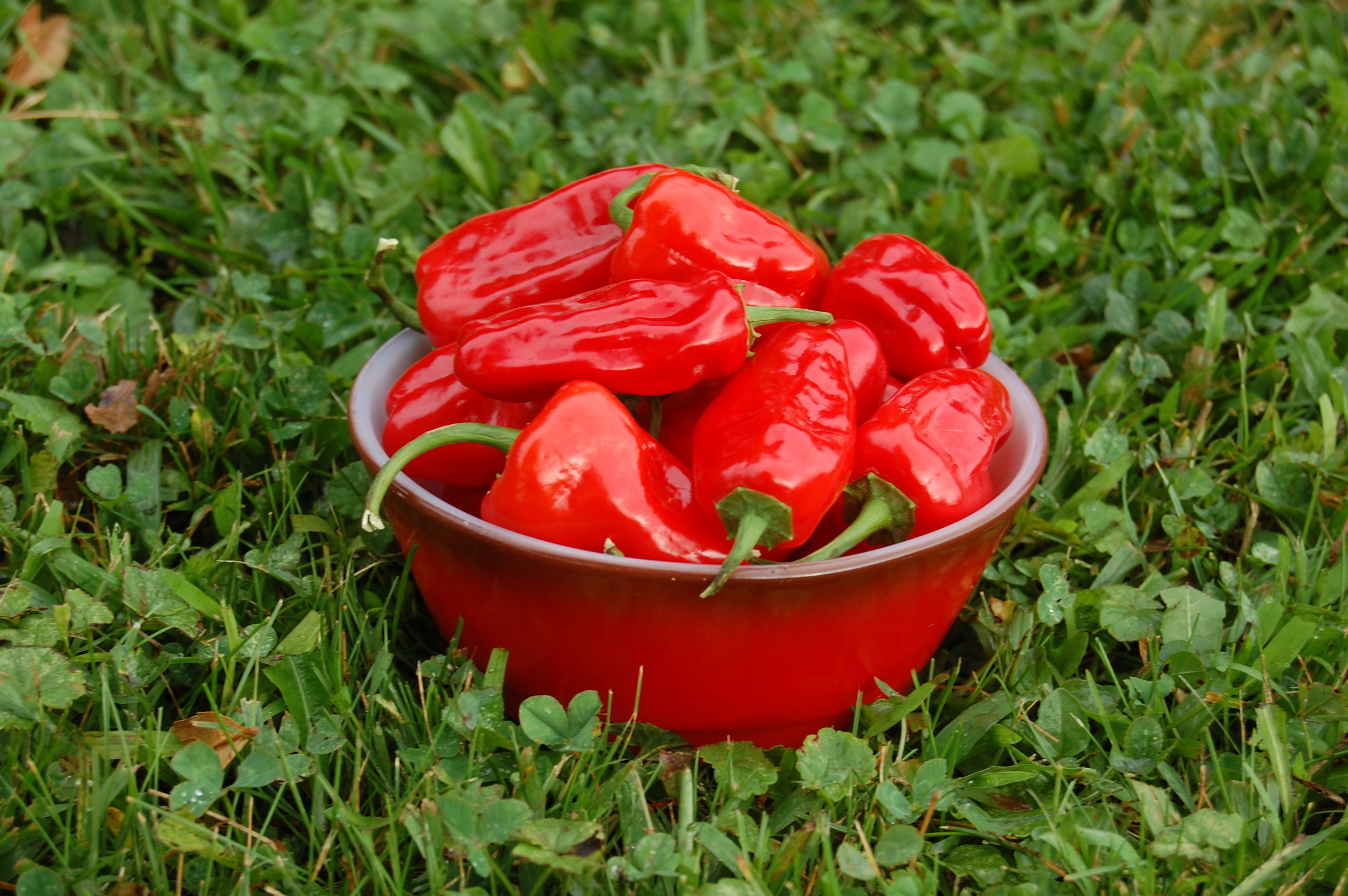 At 96 years of age, Theodore Meece was honored as Kentucky’s Oldest Worker. While a heart ailment caused by old age slowed the accomplished centennialist as he grew older, Theodore continued to work on his farm until passing away in 2006 at 105 years old.
At 96 years of age, Theodore Meece was honored as Kentucky’s Oldest Worker. While a heart ailment caused by old age slowed the accomplished centennialist as he grew older, Theodore continued to work on his farm until passing away in 2006 at 105 years old.
Theodore Meece began life on September 3, 1901. Living on a farm, he learned the value of hard work from an early age. Theodore had his first job making 50 cents a day digging grubs out of the fields when 12 years old. In his teens, he traveled by himself to work the oil fields in Tulsa, Oklahoma, where he also taught himself to drive. Theodore learned to read from his grandmother, and traveled great distances to complete high school – a noted accomplishment of his time.
In Theodore’s mid-twenties, he met his wife at a post office where young locals spent their time after work, and they settled down on her family’s land in Somerset, Kentucky.
Here he established a farm and taught in rural schools for 31 years. He often shared seeds and plants with neighbors, while sometimes eliciting friendly competition about the size and taste of various vegetables. Theodore shared a bean he called ‘Meece’, which was so popular locally that it was mentioned in his obituary.

Theodore first obtained his bean when he settled in Somerset from locals Idy and Minnie Snell. Minnie called it a ‘cornfield bean’ as locals often grew the variety on Hickory Cane corn. This corn variety would grow 12-14 feet tall, and the ears would be used for pickling and roasting whole. The bean was shared between neighbors and passed down through generations of the Snell family, where it is still grown by Minnie’s great-grandson, Gene, who calls it ‘Minnie’ bean in her honor.
Though Theodore has passed away, his legacy lives on in the story of the ‘Theodore Meece’ bean. John Inabnit donated the bean to Seed Savers Exchange with the following note:
“The Theodore Meece bean came from Theodore Meece of Poplarville, KY, just a few miles down the road from where I live. Mr. Meece is going to be 105 this year. Someone really needs to do a story on him. He is a retired school teacher, farmer, taught Sundy School for 75 years, remembers the 1st car, airplane in this area and is a real character. He kept his drivers license til he was 100.”
Theodore’s bean can be eaten as shelling beans, and have a good flavor and moist texture. The Snell family often pickled or dried fresh snap beans to use in the winter. The dried beans are oval and have a creamy tan grey-blushed base with an overlay of dark brown stripes and mottles.
Read more about our plant collections here.


























